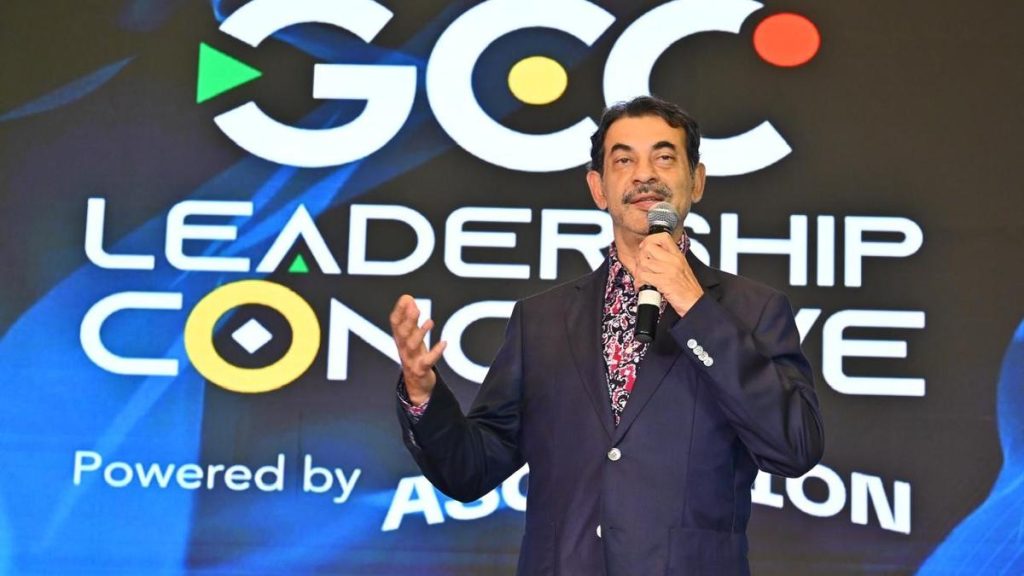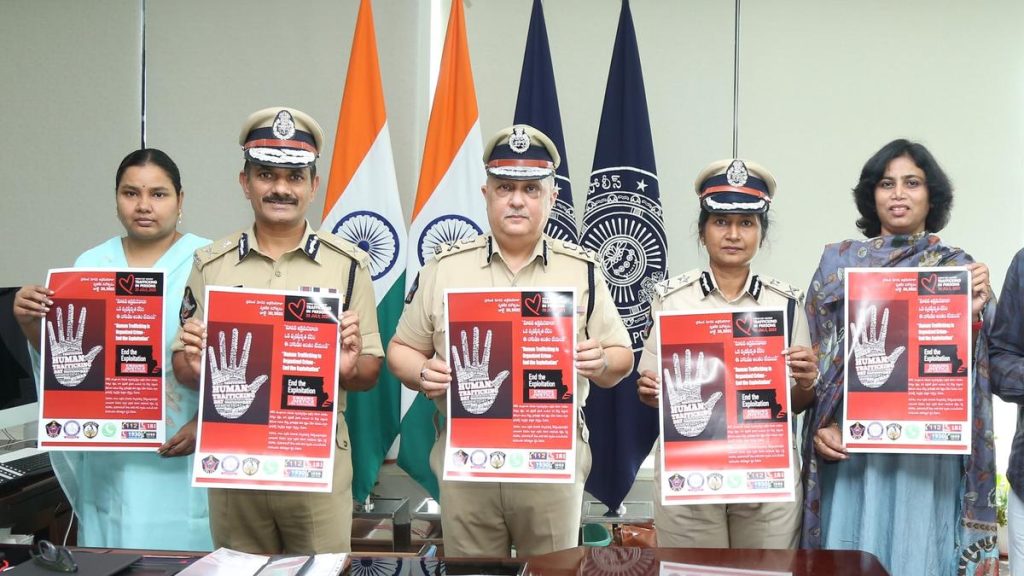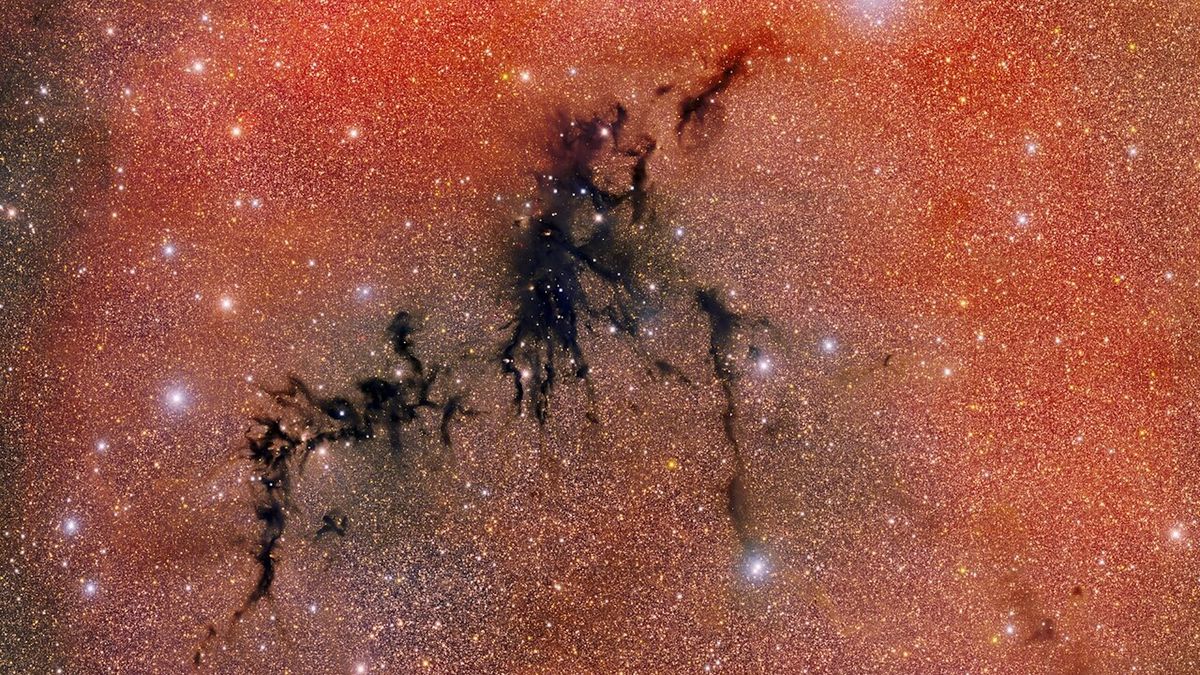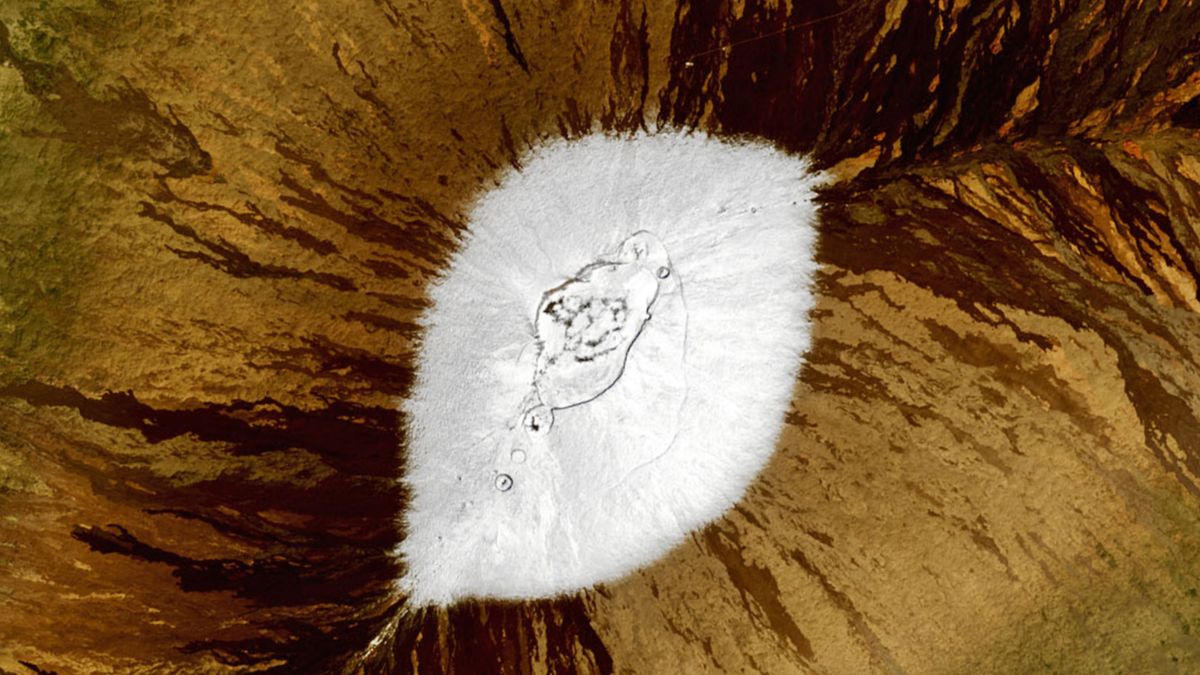Now Reading: China Utilizes ‘Gravitational Slingshots’ to Rescue Satellites from Incorrect Orbit After 123 Days
-
01
China Utilizes ‘Gravitational Slingshots’ to Rescue Satellites from Incorrect Orbit After 123 Days
China Utilizes ‘Gravitational Slingshots’ to Rescue Satellites from Incorrect Orbit After 123 Days
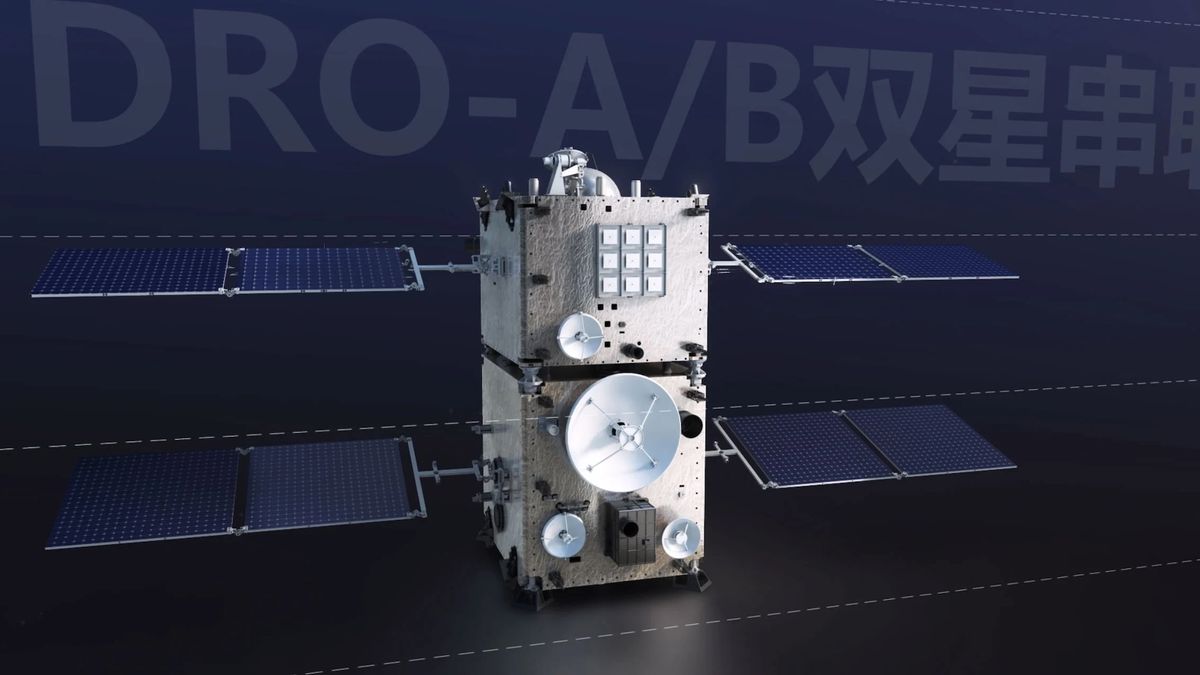
quick Summary
- On March 15, China launched two satellites (DRO-A and DRO-B) using a Long March-2C rocket, but thay failed to reach their intended orbit due to a technical issue.
- Over 123 days,Chinese engineers executed a rescue operation using gravitational slingshot maneuvers involving Earth,teh Moon,and the Sun to guide the satellites back on course.
- The satellites were damaged during launch and initially unable to generate enough solar power for corrective maneuvers. Teams used remote satellite thrusters and advanced calculations to stabilize spin and return them to proper orbit.
- Now part of an operational constellation with DRO-L satellite, this system enhances spacecraft navigation by reducing location time from days to hours and enables autonomous spacecraft piloting beyond EarthS orbit.
- These technologies align with China’s plans for expanded space exploration around Earth and the Moon, supporting its upcoming lunar missions (planned for 2030) and payload launches for its proposed International Lunar Research Station.
!A render of the rescued satellites
Indian Opinion analysis
China’s successful use of gravitational slingshots in rescuing faulty satellites underscores significant strides in global space technology innovation. For India-a rising power in space exploration-the mission serves as both inspiration and motivation as ISRO continues advancing its deep-space programs like Chandrayaan-II/III or gaganyaan.
The demonstrated ability of autonomous navigation systems also draws attention for India’s ongoing projects focusing on self-reliant technologies. Particularly relevant is how these breakthroughs could influence India’s future lunar explorations or satellite constellations under Digital India initiatives such as NavIC (Indian regional navigation Satellite System). While China’s advancements signify growing competition regionally in aerospace achievements,they also open further opportunities for learning within South Asia’s collective scientific collaboration aspirations.




